It's been over a year since Apple introduced the iPhone 12 and with them a new charging system. Even though it doesn't have much in common with those for MacBooks, it's still called MagSafe. Now the 13 series also includes it, and it can be judged that the company still has big plans for this technology.
There are plenty of accessory developers making cases, wallets, car mounts, kickstands, and even magnetic Qi chargers and batteries that work with MagSafe — but almost no such accessories take advantage of its potential. It's one thing to contain the magnets, another to mine the technology. But the developers, like Apple itself, are not to blame. Yes, we are also talking about MFi, in this case rather MFM (Made for MagSafe). Manufacturers simply take the dimensions of MagSafe magnets and sew Qi charging on them, but only at a speed of 7,5 W. And of course, this is not MagSafe, i.e. Apple's technology, which enables 15W charging.
Sure, there are exceptions, but they are few. And it is also because Apple technology MagSafe provided for certification to other manufacturers only on June 22 this year, i.e. 9 months after the launch of the iPhone 12. But this is nothing new for the company, in the case of the Apple Watch, it has been waiting for chargers from third-party manufacturers for a whole year. However, MagSafe has great potential not only as a charging system, but also as a mount for anything. It has only one small drawback, and that is the absence of the Smart connector known from iPads.
It could be interest you
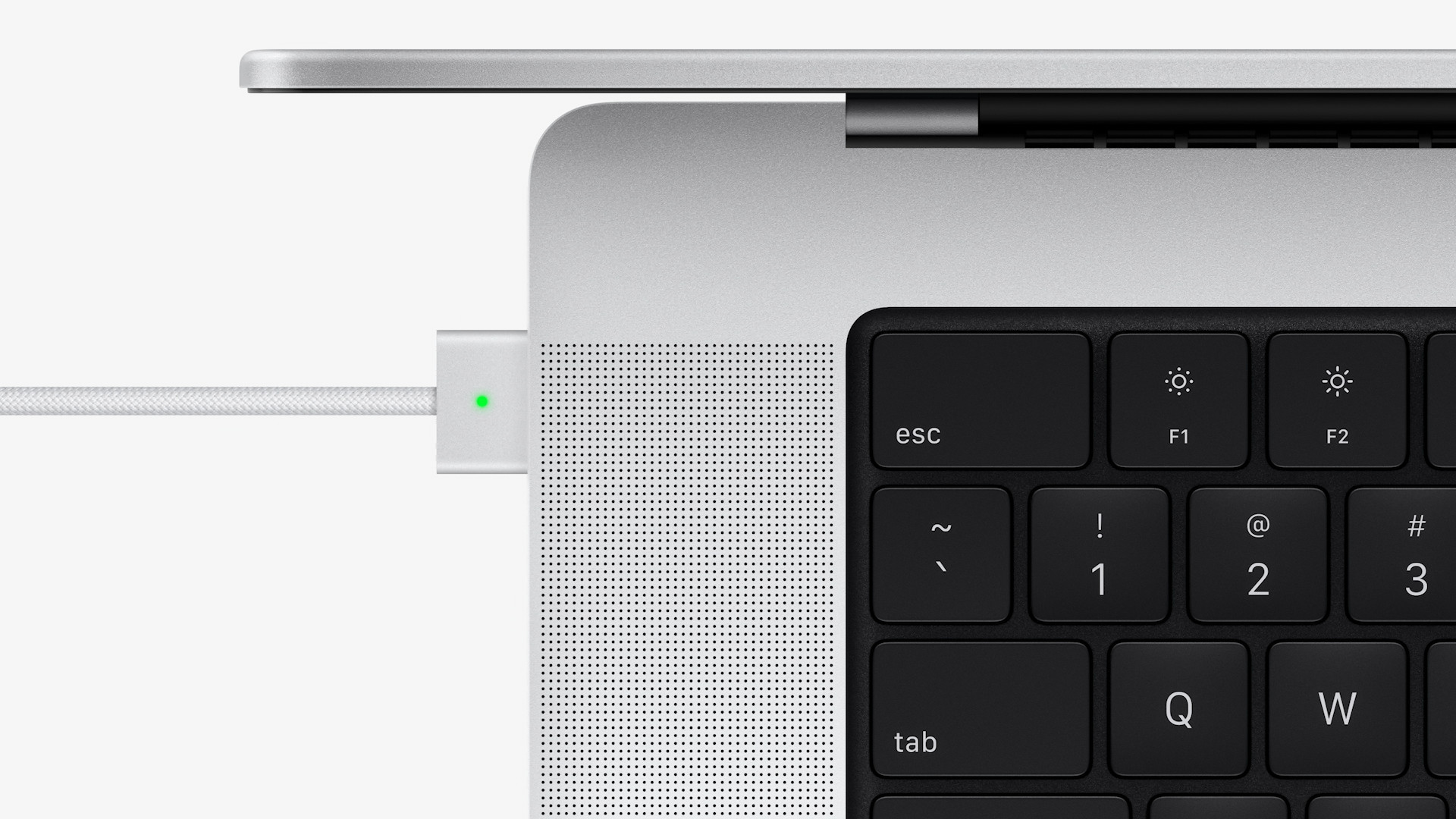
Modular iPhone
Several manufacturers have already tried it, the most famous of which is probably Motorola and its (also unsuccessful) Moto Mods system. Thanks to the Smart connector, it would be possible to connect a large number of accessories to the iPhone, which would simply be installed using magnets and would not have to rely on communication with the phone through some kind of wireless interface. Although what is not now, may come in the future.
Apple is facing a major decision that is not so much up to him as it is up to the EU. If they order him to use USB-C instead of Lightning, there are three paths he can take. They will either give in, of course, or remove the connector entirely and stick purely to MagSafe. But then there is a problem with data transfer using the cable, especially during various diagnostics. A smart connector could record it quite well. Moreover, its presence in the future generation would not necessarily mean incompatibility with the existing solution.
The third variant is very wild and assumes that iPhones will receive MagSafe technology in the form of a port. The question is whether such a solution would make sense, whether it would be able to transfer data, and whether it would actually still be a problem for the EU as another non-unified connector. In any case, Apple already has a patent for it. However, whichever variant of MagSafe charging the company sticks with, it could benefit in more water resistance. The Lightning connector is the weakest point of the entire structure.
It could be interest you

The future is clearly given
Apple is counting on MagSafe. It was not only revived last year in iPhones, but now MacBook Pros also have it. So it makes sense for the company to further develop this system, not even in computers, but rather in iPhones, i.e. iPads. After all, even charging cases from AirPods can be charged with the help of the MagSafe charger, so it can be judged that this will not be just a scream in the dark, but that we have something to look forward to. Only the developers could really step into it, because so far we only have various forms of holders and chargers, albeit relatively original ones.
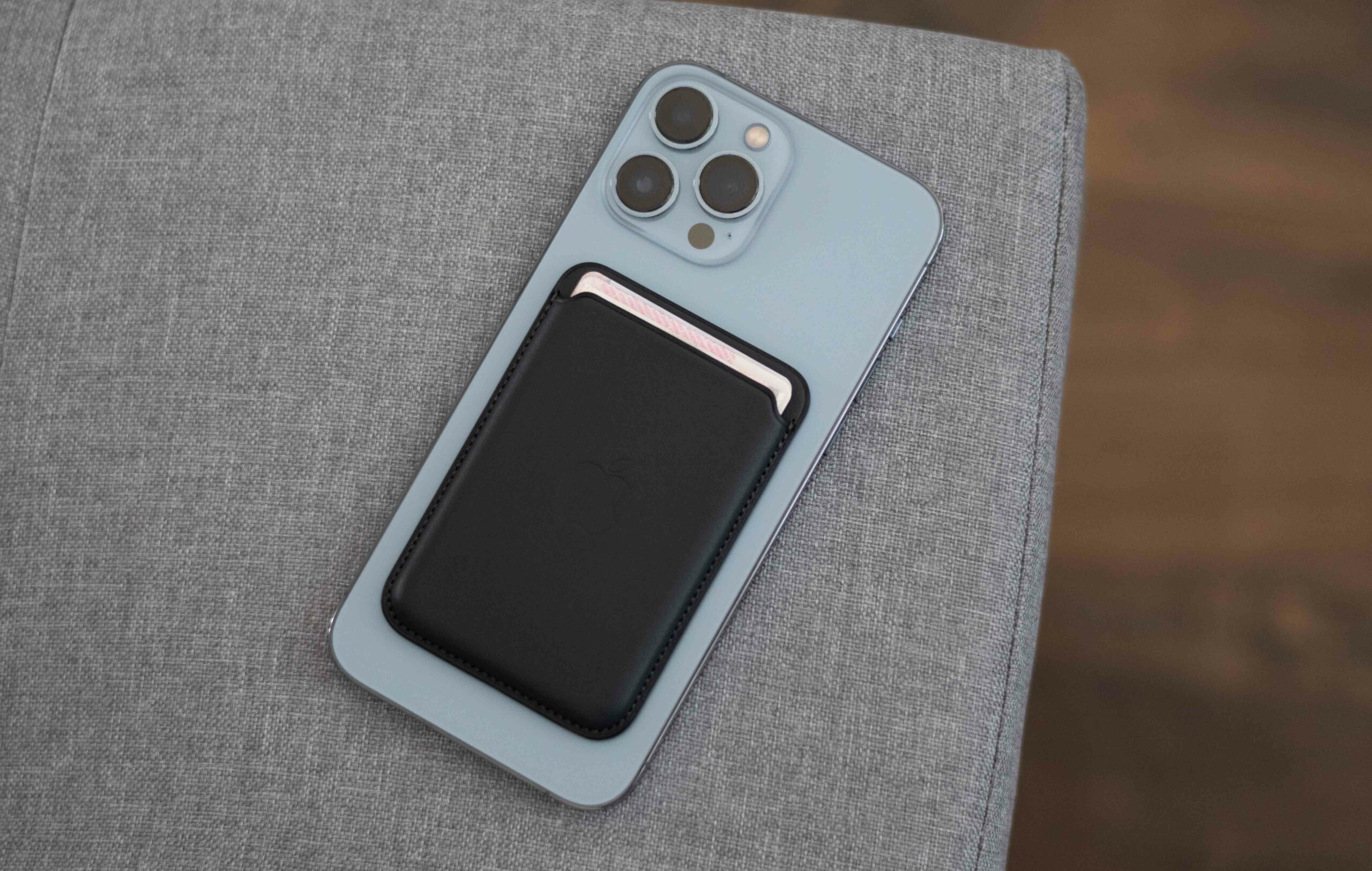
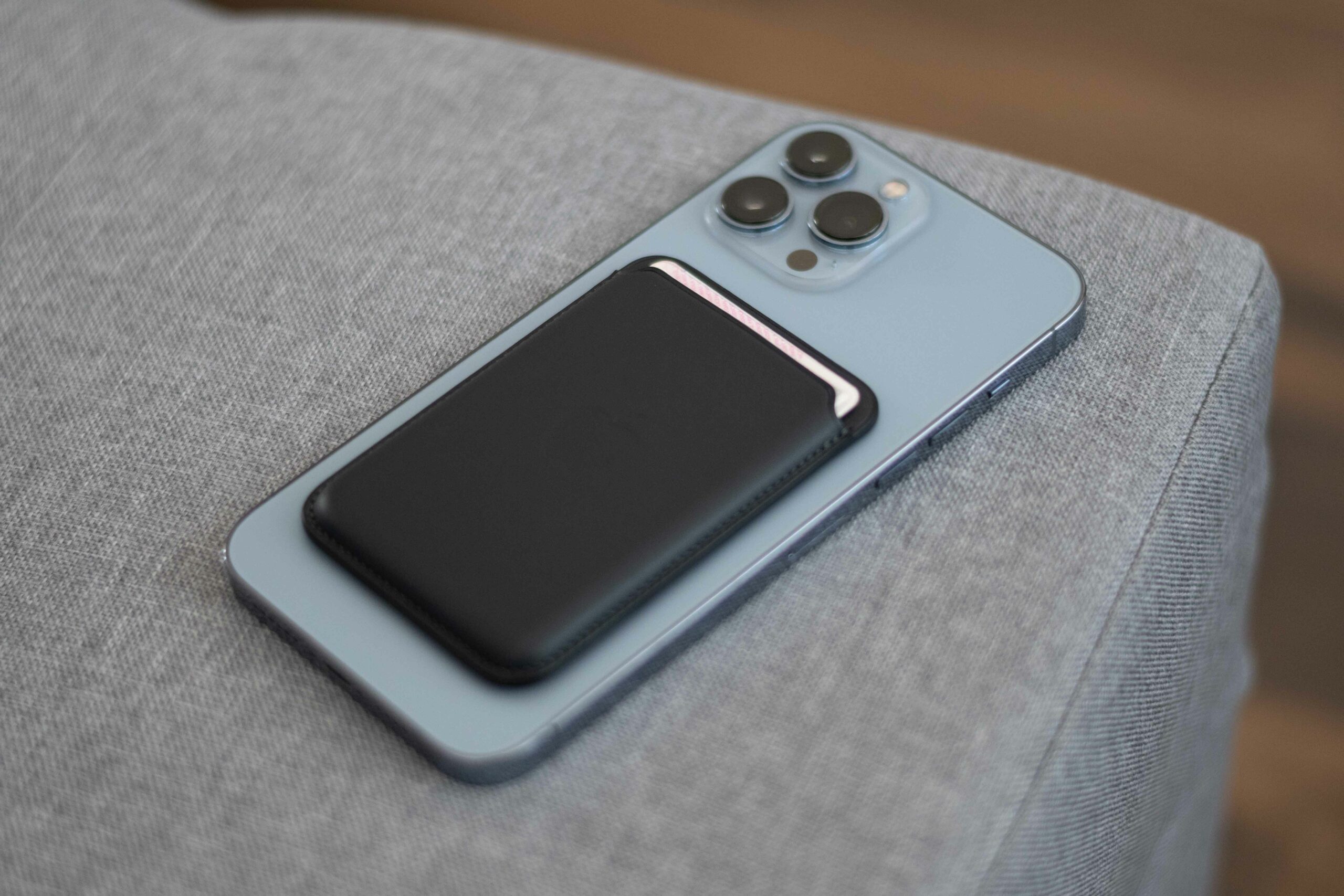

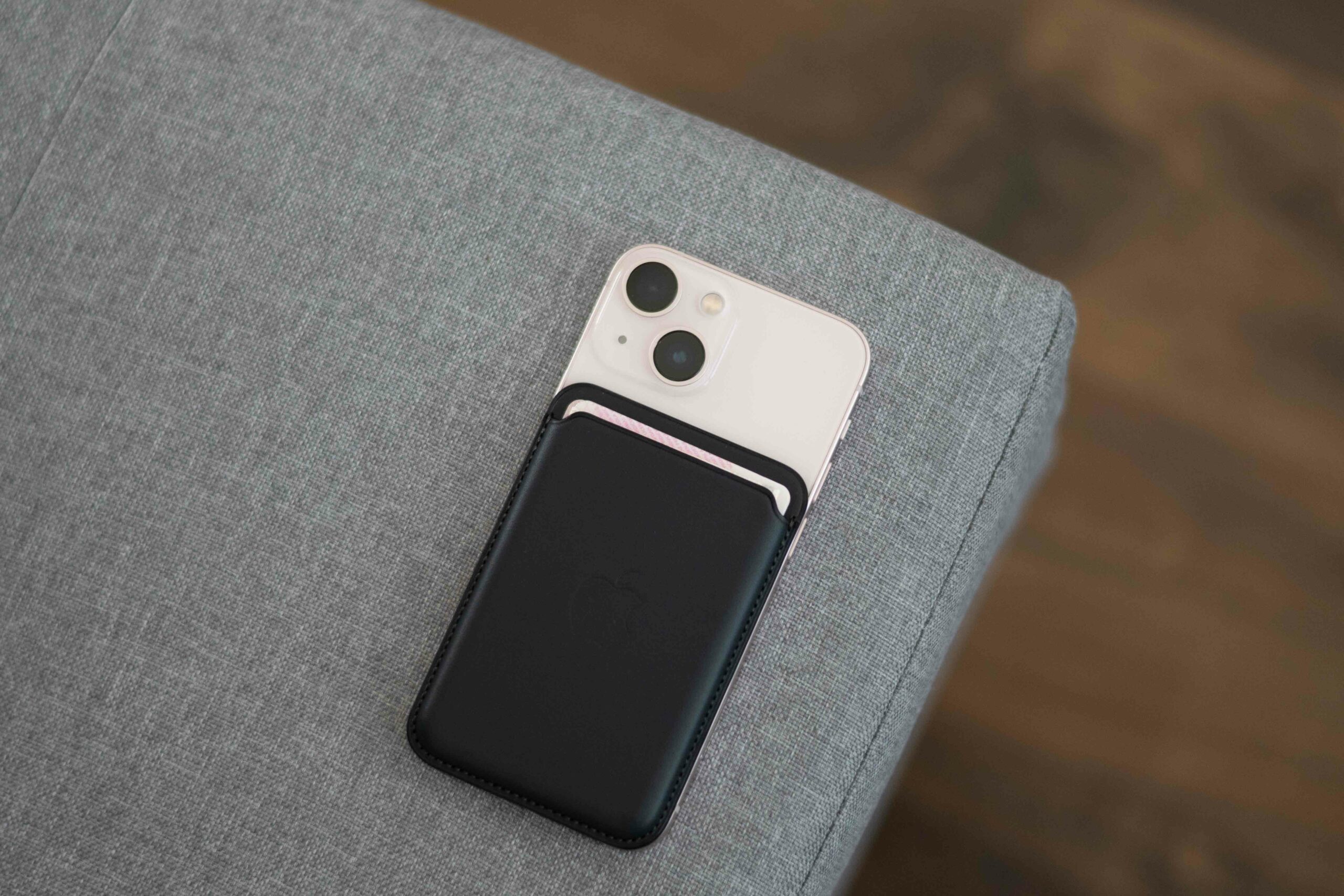

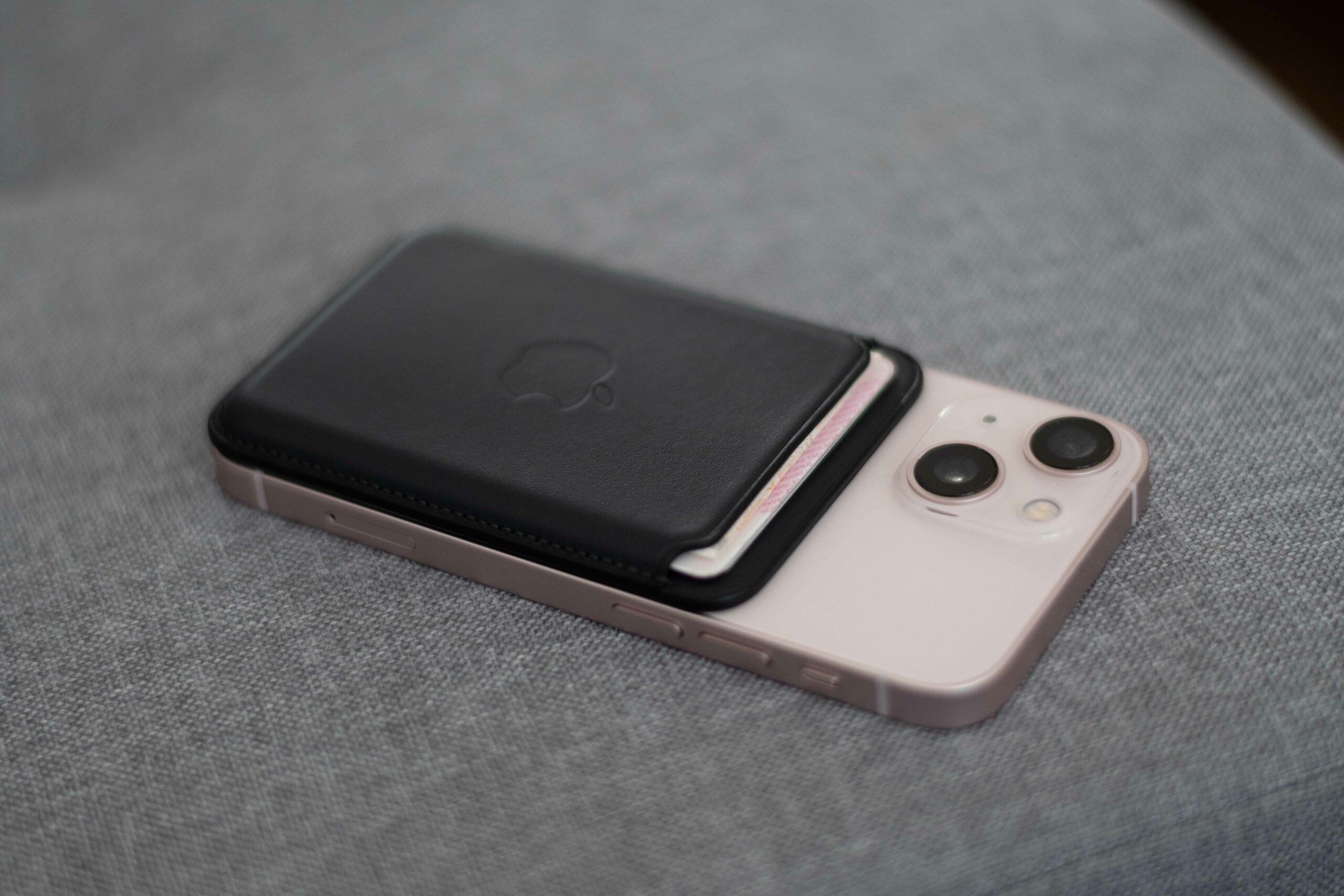
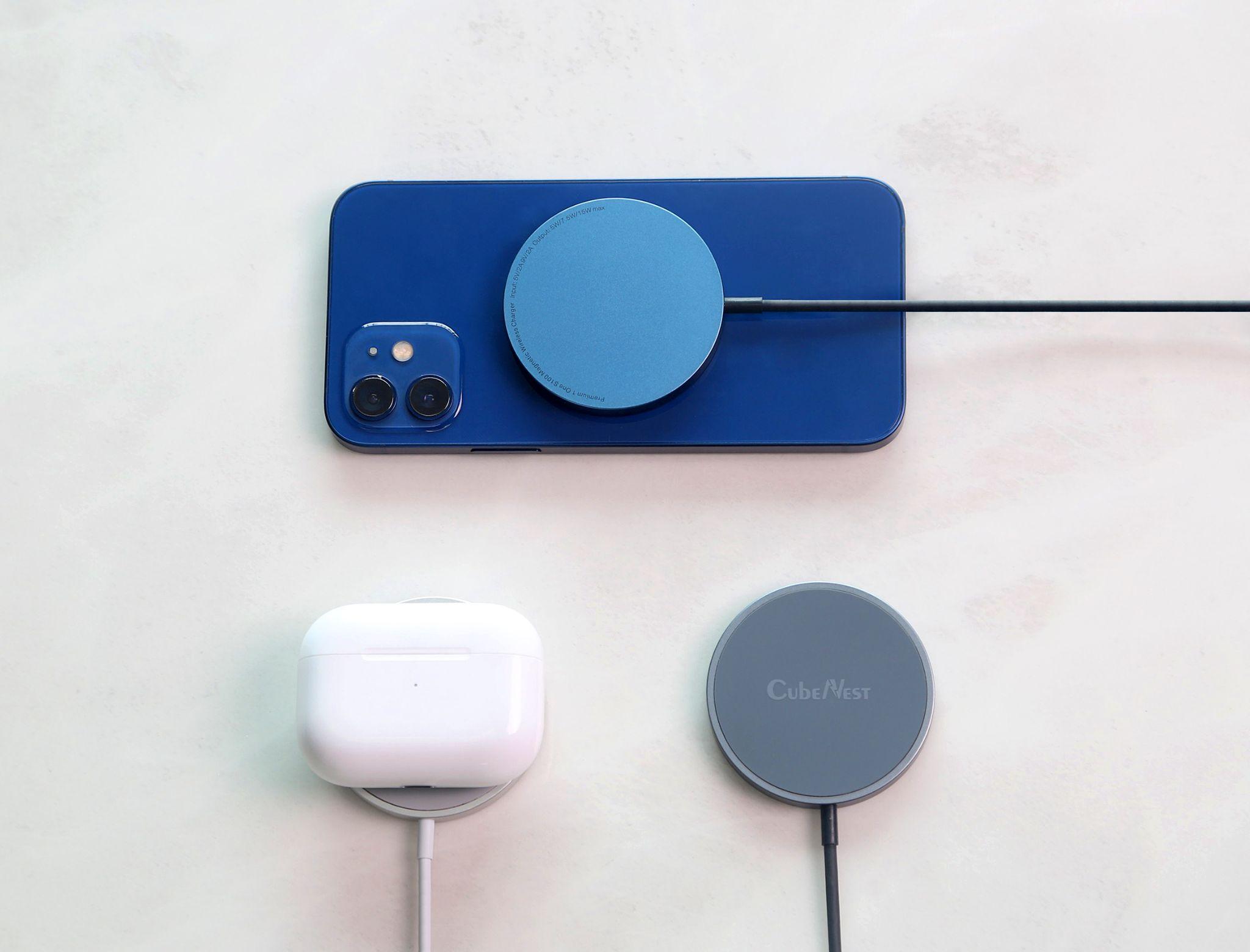
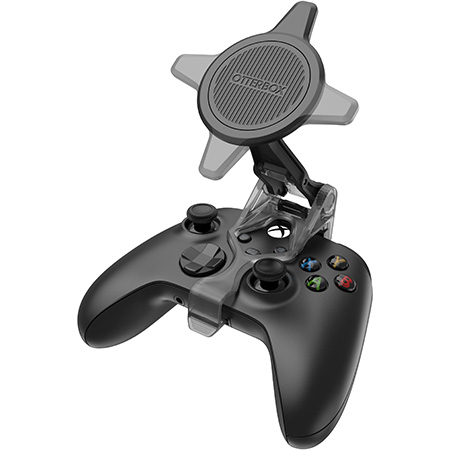

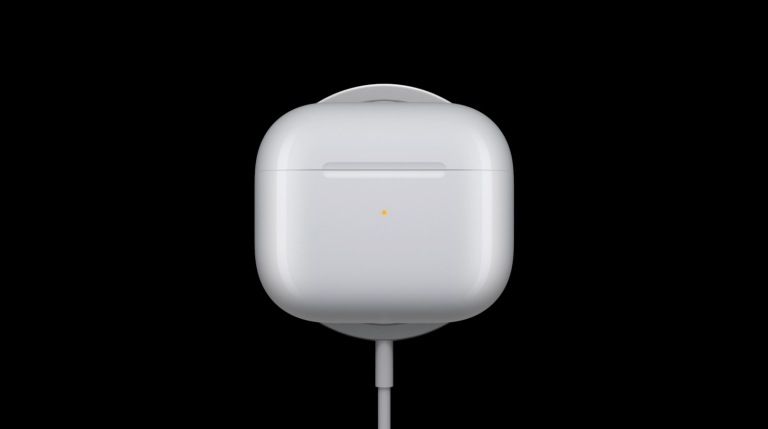
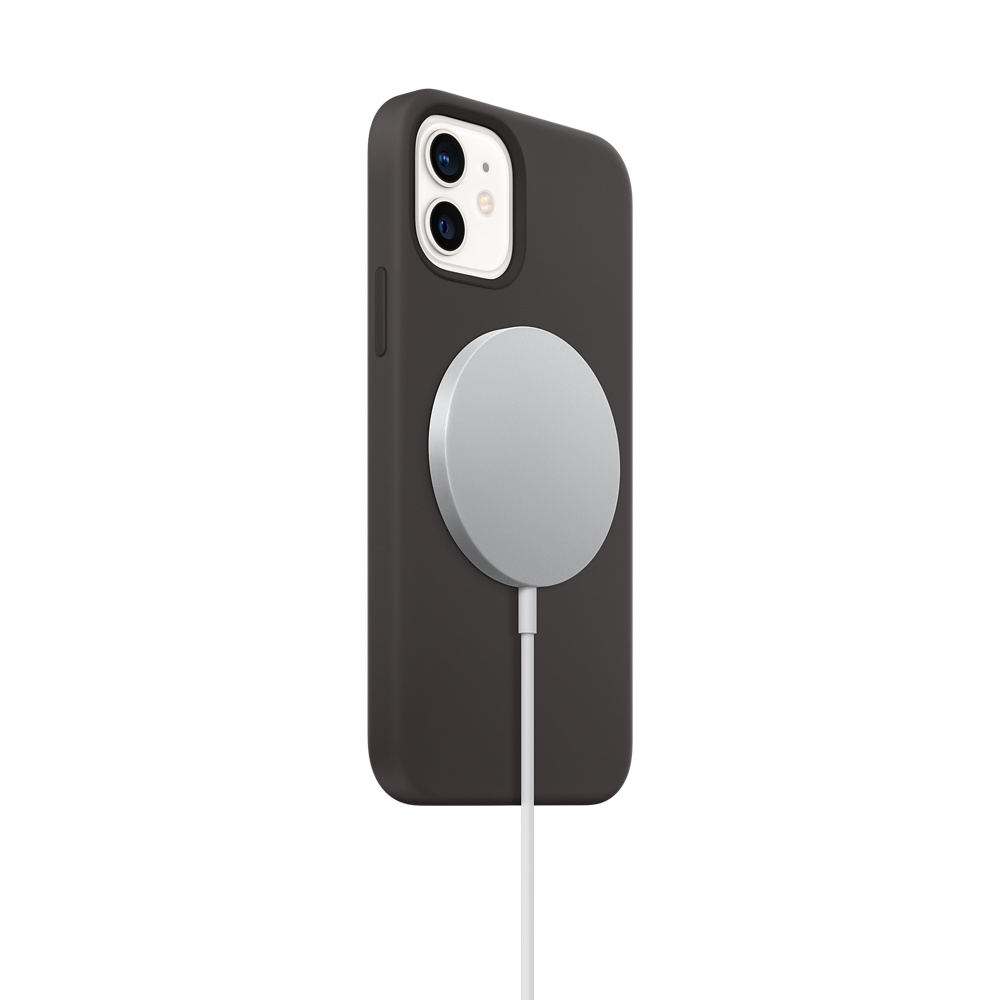
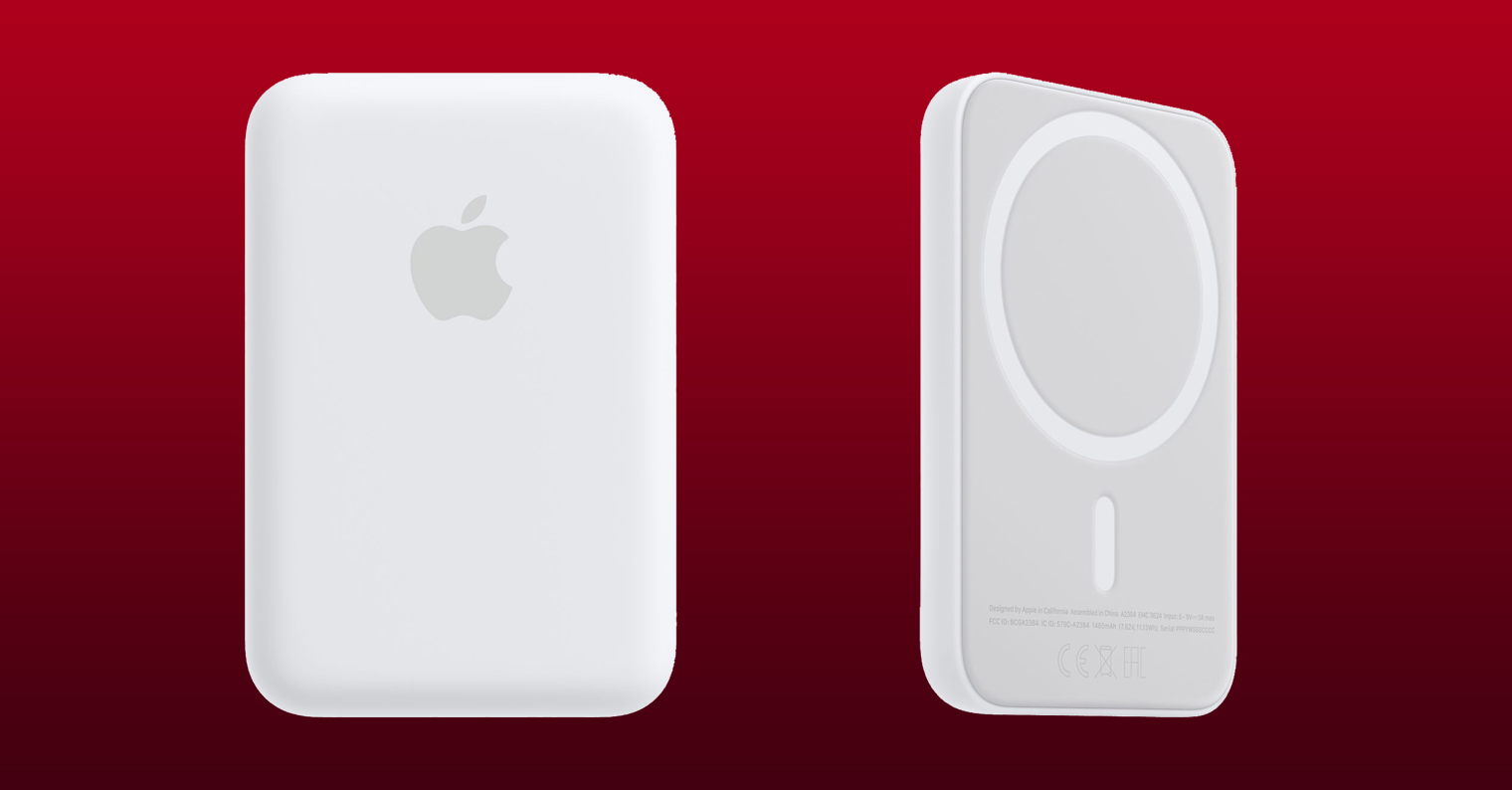
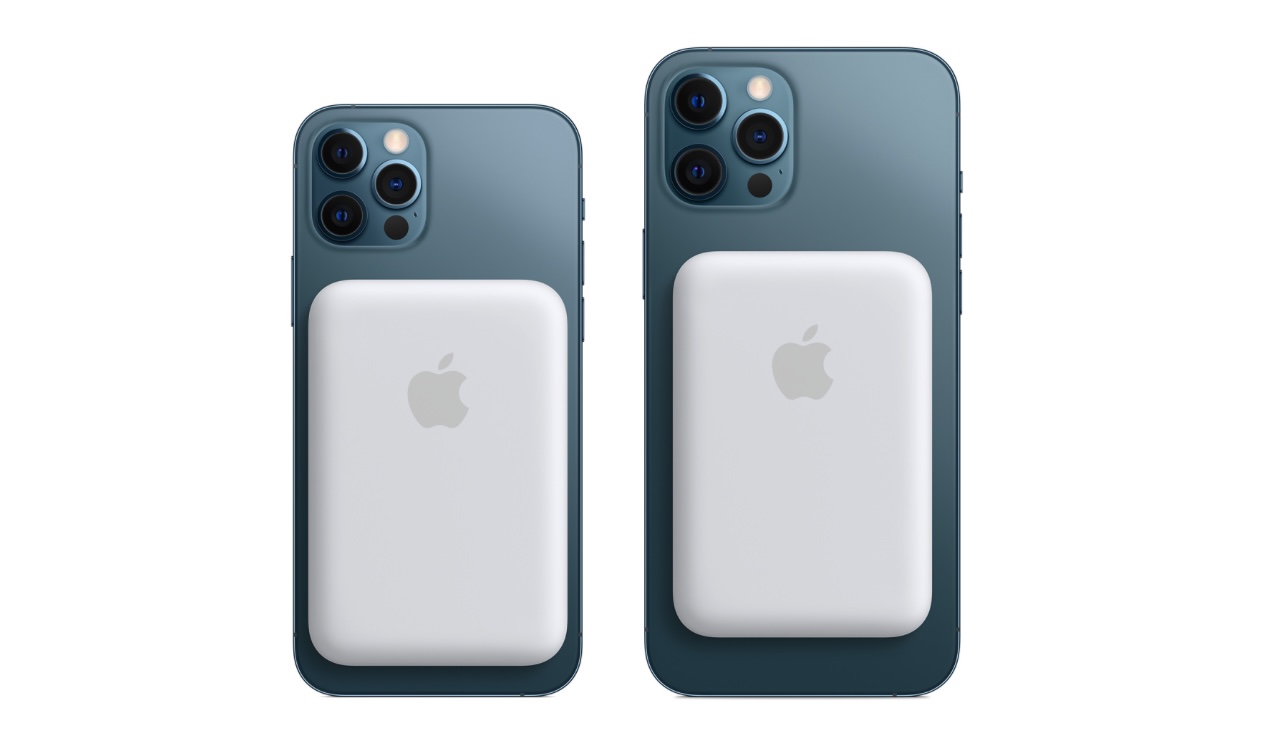

 Adam Kos
Adam Kos